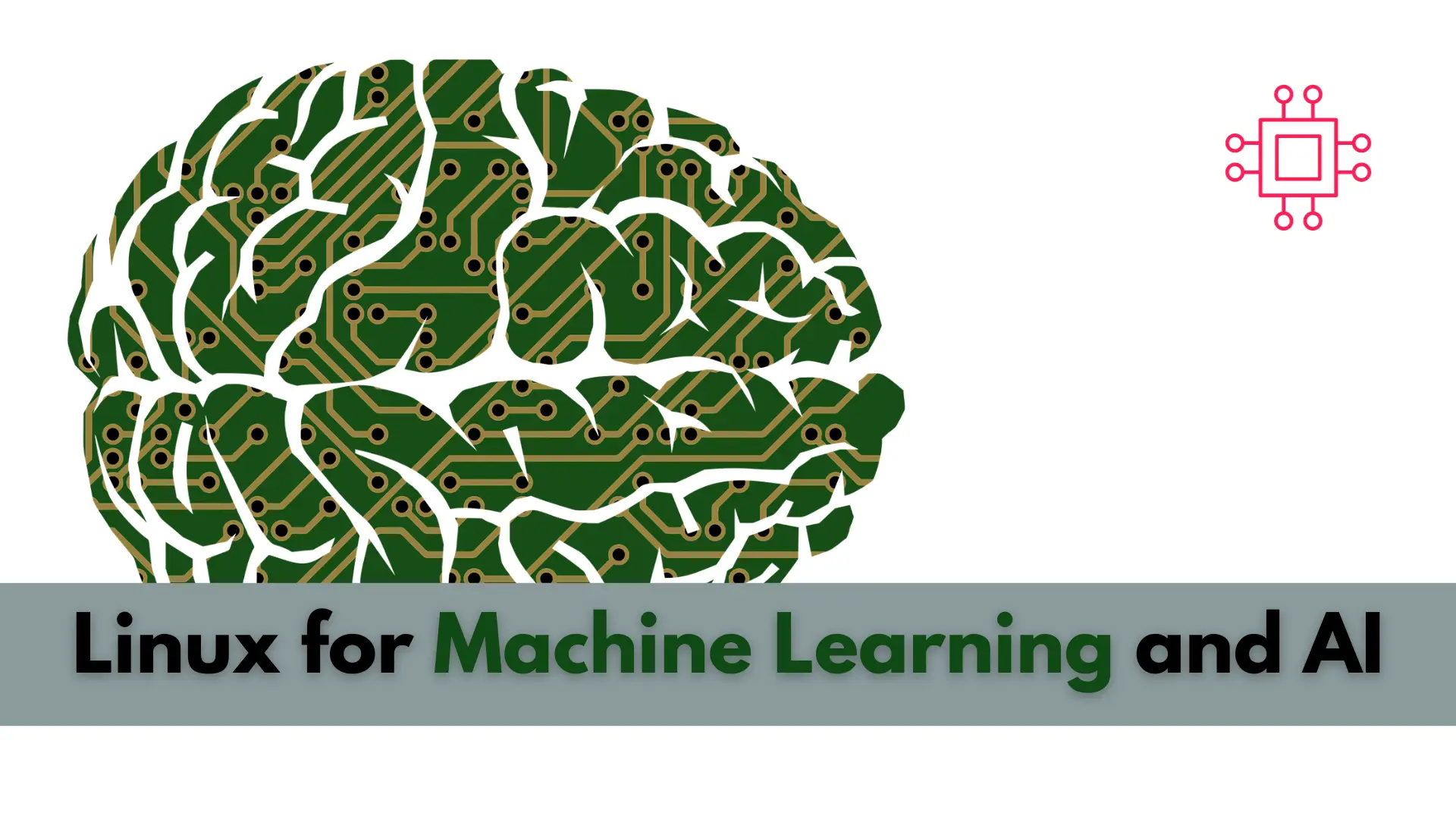
In this article, we will learn how to install Python NumPy on CentOS9 or RHEL9, the essential package for scientific computing and data manipulation! Table

If you’re looking to get into machine learning and artificial intelligence, using Linux as your operating system may be the best choice for its flexibility, stability, and open-source nature.
As the field of artificial intelligence and machine learning continues to expand, more and more developers are turning to Linux as their preferred operating system. Linux has many advantages over other operating systems, including its open-source nature, stability, and ability to customize to fit the needs of the user. Additionally, Linux offers a plethora of tools and libraries that make it an ideal platform for machine learning and artificial intelligence development. In this article, we will explore how to use Linux for machine learning and artificial intelligence, including the necessary tools, libraries, and techniques.

Photo by Mohamed Hassan from Pixabay
Before diving into the specifics of using Linux for machine learning and artificial intelligence, it’s important to have a basic understanding of what these terms mean. Machine learning is a subset of artificial intelligence that involves training algorithms to make predictions or decisions based on data. Essentially, machine learning involves teaching a computer how to learn from data, rather than being explicitly programmed to perform a specific task. This allows for greater flexibility and adaptability in solving complex problems.
Artificial intelligence, on the other hand, refers to the ability of machines to perform tasks that typically require human intelligence, such as recognizing speech or images, making decisions, and solving problems. Machine learning is just one aspect of artificial intelligence, but it’s a critical component as it provides the ability to learn and adapt from data.
Linux offers a wide range of tools for machine learning and artificial intelligence development, from programming languages and frameworks to libraries and utilities. Here are some of the most commonly used tools in the field:
Python is the most commonly used programming language for machine learning and artificial intelligence development. It has a large and active community of developers, which means there are many libraries and frameworks available for use. Other popular programming languages include R and Julia.
Machine learning and artificial intelligence frameworks provide a set of pre-built tools and libraries that make it easier to develop and deploy machine learning models. Some popular frameworks include TensorFlow, PyTorch, and Scikit-learn.
There are many libraries available for machine learning and artificial intelligence development on Linux, including NumPy, Pandas, Matplotlib, and Seaborn. These libraries provide functions for data manipulation, visualization, and statistical analysis.
There are many utilities available on Linux for machine learning and artificial intelligence development, including Jupyter Notebook, Anaconda, and Docker. These tools help streamline the development process by providing a user-friendly interface for working with code, data, and dependencies.
To get started with Linux for machine learning and artificial intelligence development, there are a few key steps you should take:
There are many different distributions of Linux available, each with its own strengths and weaknesses. Some popular options for machine learning and artificial intelligence development include Ubuntu, Debian, and Fedora.
Once you have chosen a Linux distribution, you will need to install the necessary tools for machine learning and artificial intelligence development. This will typically include a programming language, framework, and libraries.
While Linux does offer a graphical user interface, much of the work in machine learning and artificial intelligence development is done through the command line. Familiarizing yourself with basic Linux commands will be critical for working with code, data, and dependencies.
Machine learning and artificial intelligence development require a lot of practice to become proficient. Try working on small projects to build up your skills and knowledge, and don’t be afraid to ask for help from the community.
Once you have the basics of Linux for machine learning and artificial intelligence development down, there are a few tips and tricks you can use to make your workflow more efficient and effective:
Virtual environments allow you to isolate different versions of libraries and dependencies for different projects. This makes it easier to manage dependencies and avoid conflicts between different projects.
Version control, such as Git, allows you to track changes to your code and collaborate with others. This is particularly important for machine learning and artificial intelligence development, where you may be working with large datasets and complex models.
Cloud services, such as AWS and Google Cloud, offer powerful computing resources that can be used for machine learning and artificial intelligence development. This can be particularly useful if you don’t have access to high-end hardware.
Many machine learning models have already been trained on large datasets and are available for use. This can save a lot of time and resources, particularly for common tasks like image recognition or natural language processing.
Linux is an excellent choice for machine learning and artificial intelligence development, offering a wide range of tools, libraries, and utilities. While there is a learning curve involved in using Linux, the benefits in terms of flexibility, stability, and customizability are well worth the effort. With the right tools, techniques, and practice, you can become a proficient machine learning and artificial intelligence developer on Linux.
Was this article helpful to you? If so, leave us a comment below. We’d love your feedback!
Related Posts

In this article, we will learn how to install Python NumPy on CentOS9 or RHEL9, the essential package for scientific computing and data manipulation! Table

Curious about the direction of technology and its impact on the industry? Learn about the “Future of Linux” and its growing popularity, increased focus on

In this article, we will learn how to install Python Matplotlib on CentOS9 or RHEL9, a popular tool for scientific computing and data manipulation. Table
